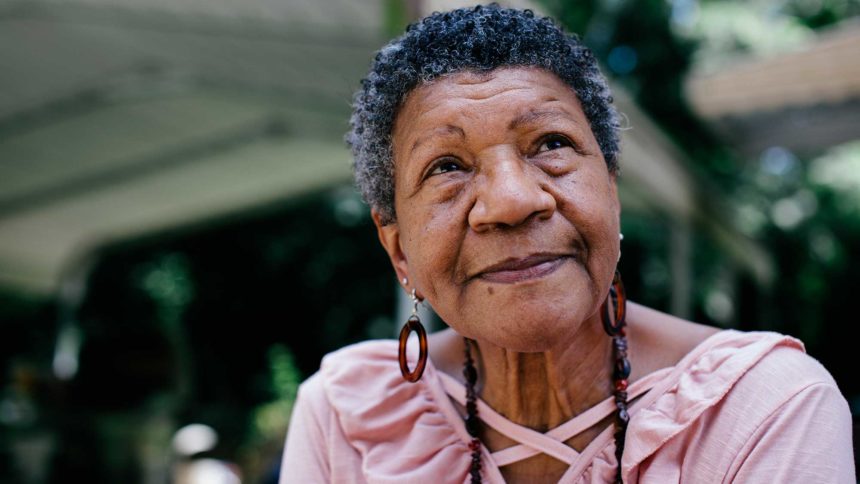
In the last decade, the population of adults aged 65 years and older in the United States has grown at the fastest clip of any previous decade in 130 years, new census data show.
Between 2010 and 2020, the share of these adults grew by more than a third, and the trend will continue as the baby boom generation ages, according to a report by Mike Schneider of AP News.
Within this senior cohort, the number of people aged 100 years and older rose by half, and included more men who lived into old age than previous decades. These oldest Americans have been able to avoid preventable or reversible health issues that in the past would have shortened their lives. Interventions such as vaccinations, antibiotics and improved surgeries have supported this longevity, a professor of medicine told AP.
The new data on aging trends varied widely by race and ethnicity, the report noted. The oldest median age was 44.5 among non-Hispanic whites, and the youngest was 30, among Hispanics. Across U.S. states and territories, Maine had the oldest median age, at 45.1, alongside Puerto Rico, at 45.2. Older adults are a fifth of the population in Florida, Maine, Vermont and West Virginia.
This shift has occurred alongside a declining birth rate, with fewer children being born during the census decade. This trend likely is due to economic pressures and social stressors such as lack of affordable childcare, a sociologist told the news outlet.
The full story can be found here.
Related articles:
Report: Ratio of dependent seniors to triple by 2050 without health interventions
A whole new world: 15% growth in post-acute care among 30-year nursing home industry changes
Community burden of dementia symptoms mirrors that of nursing homes, caregiver survey finds



